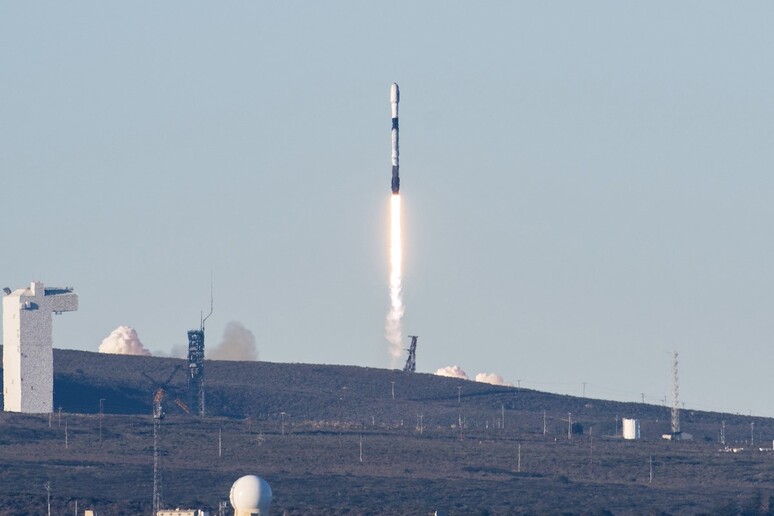In 2024, space launches reached a new record for the fourth year in a row, with 259 missions globally, or about one launch every 34 hours. According to The Space Report, a Colorado-based Space Foundation nonprofit research center, the trend is expected to grow in 2025, with a particular focus on developing autonomous launch capabilities in Europe. SpaceX has performed 132 Falcon 9 launches, more than half of the global total, with about 90 missions dedicated to expanding the Starlink satellite network, which now serves more than 4 million customers and is expected to generate $11.8 billion in revenue this year. In addition, the launch of military satellites increased by 86 percent. The U.S. surpassed China with a ratio of more than 2:1 in the number of launches. Russia quadrupled the number of satellites put into orbit from 21 in 2023 to 98 in 2024, with half of the satellites dedicated to maritime monitoring along the North Sea Route.
“There is reason to be confident in the upward trajectory of the space economy,” Space Foundation CEO Heather Pringle said in a statement. “One of the best ways to sustain that growth is to continue to build capacity for others to join us.”
But space flight and mission activity is on the rise this year as space is expected to become even more “crowded” with spacecraft during this 2025. In the United States, Blue Origin’s New Glenn rocket made its debut flight last month, reaching orbit setting the stage for a real competition with Elon Musk’s SpaceX’s Falcon 9. According to the report New Glenn , a private orbital launch vehicle developed by Blue Origin, Jeff Bezos’ company, is preparing to support Amazon’s Project Kuiper, which aims to rival SpaceX’s Starlink satellite network with the goal of providing broadband Internet services across the globe via its own satellites.












